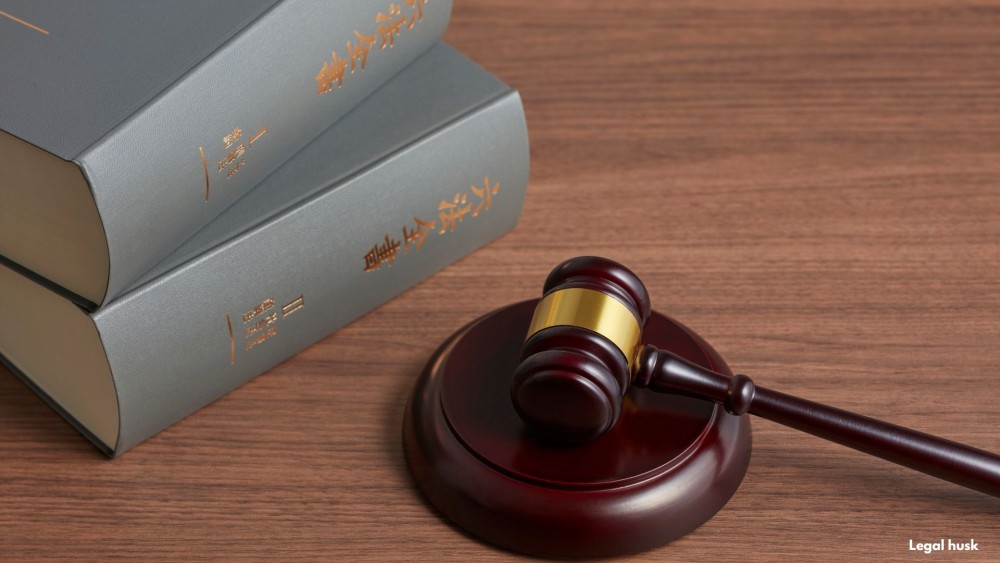Get Your Legal Documents Now!
Whether you are dealing with a complex family matter, facing criminal charges, or navigating the intricacies of business law, our mission is to provide you with comprehensive, compassionate, and expert legal guidance.

Want to fight pollution or land misuse through the courts? Discover how environmental complaints lay the legal foundation for impactful change—and justice for our planet.
Environmental litigation is one of the most powerful tools available for addressing ecological harm, pollution, and violations of public health laws. At the heart of every environmental lawsuit lies the complaint—a formal document that initiates the case and outlines the legal, factual, and regulatory foundation for the action. Whether you’re a government agency, an advocacy group, or a concerned citizen, understanding the role of complaints is key to protecting natural resources and holding violators accountable.
Environmental litigation involves legal disputes centered on environmental laws and regulations. These cases typically challenge actions that threaten public health, ecosystems, or compliance with environmental standards.
Air and water pollution
Hazardous waste disposal
Illegal land development or deforestation
Industrial emissions affecting public health
Climate change accountability efforts
The complaint is the first step in seeking legal redress—and if done right, it sets the tone for successful litigation.
Case Title: (e.g., People of the State of New York v. GreenTech Industries)
Court Details: Specify the jurisdiction, court name, and venue
Explain why the court has authority to hear the case—this may be based on federal environmental laws (e.g., Clean Air Act) or state statutes.
Describe the environmental issue
Identify the parties involved
Provide history or prior notices (e.g., permit violations or community complaints)
Cite applicable laws or regulations that the defendant violated.
Examples:
Clean Water Act §301(a) for illegal discharge into waterways
Clean Air Act for emission violations
State Environmental Quality Acts for improper land use
Describe the pollutant, activity, or development at issue
Provide scientific data, inspection results, or reports
Explain how the activity harms ecosystems, wildlife, or human communities
Specify what you're asking the court to do:
Injunctive Relief: Order to stop the harmful activity
Civil Penalties: Fines for non-compliance
Remediation Orders: Require cleanup or restoration
Monetary Damages: Compensation for environmental damage or economic loss
Sign and verify the truthfulness of the complaint. Legal counsel or a representative may also sign on behalf of an organization or government body.
Once drafted, the complaint must be filed with the correct court and properly served on the defendant(s).
File with the Court: Pay filing fees and meet procedural rules
Serve the Defendant: Notify all parties involved (corporations, municipalities, individuals)
In large-scale pollution cases, you may need to serve multiple entities involved in a shared project or supply chain.
The complaint is more than a formality—it guides the entire case. Here’s how:
Establishes Legal Violations: Identifies what laws were broken and why the court must intervene
Initiates Discovery: Both sides begin evidence-gathering, such as testing soil, water, or emissions
Promotes Settlement or Injunctions: Complaints often lead to early settlements or immediate environmental protections
Frames Trial Strategy: The issues raised in the complaint become the framework for the judge or jury’s review
Defendants may argue:
Full Compliance: They followed permits or regulations exactly
No Direct Causation: Their actions didn’t cause the alleged harm
Preemption: Federal law overrides state claims
Expired Statute of Limitations: The claim is filed too late
A complaint is the foundation of every environmental lawsuit. It signals that a legal line has been crossed and that the plaintiff is ready to seek accountability through the courts. Whether addressing toxic pollution or unlawful development, a strong complaint clearly outlines the facts, law, and remedies sought—and increases the likelihood of protecting public health and environmental integrity.
💼 Let Legal Husk Help You Draft a Powerful Environmental Complaint
At Legal Husk, we craft precise, legally grounded complaints that give your environmental claims the weight and clarity they deserve.
📌 Need help taking legal action to protect the environment?
We’ll guide you through the complaint process and build your case from the ground up.
📞 Reach out today or visit us online to get started.
👉 Visit:
🔗 legalhusk.com
🔗 legalhusk.com/services
🔗 legalhusk.com/services/environmental-litigation
🔗 legalhusk.com/about-us
💬 Start strong—start with Legal Husk.
🧠 Pro Tip: Use photos, data, or government reports in your complaint to strengthen environmental claims. Courts respond well to factual clarity supported by evidence.
📩 Ready to take legal action against polluters or environmental violators?
Trust Legal Husk to help you draft a complaint that demands attention—and delivers results.
Whether you are dealing with a complex family matter, facing criminal charges, or navigating the intricacies of business law, our mission is to provide you with comprehensive, compassionate, and expert legal guidance.
Comments